How to Successfully Lead Change In an Organization
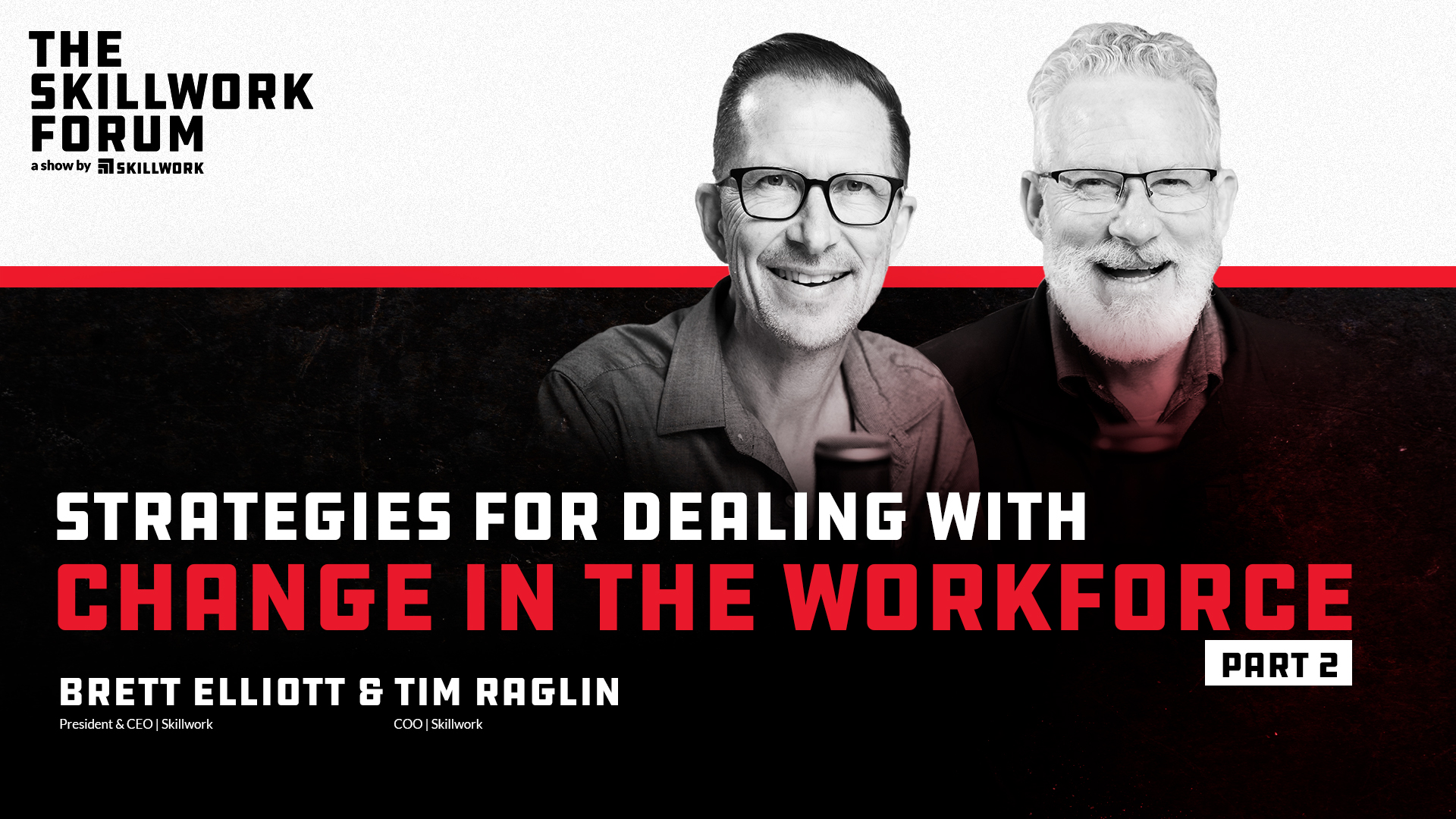
This podcast article is actually the second part of a two-part series that talks about strategies for dealing with change in the workforce, something we all have to deal with. The first article in this series encourages you to take a look at the factors driving change. We established in that episode that the pace of change is exponentially increasing; people are changing faster, and they're changing more often, which significantly affects your employees and workforce.
In part two, we're going to look at how to successfully implement change in the workplace and manage organizational change because it’s not something you might have to do, you're definitely going to have to do it.
What Is Change Management?
Believe it or not, change management is a full-on discipline; it's a profession, and there’s a whole process, accreditations, degrees, and experts in the field of change management. You can even hire big-dollar consultants to help with facilitating change in the workplace.
It's always good to define what we're talking about, so let’s break down change management.
Change management is the methods and manners in which a company describes and implements change within both its internal and external processes. So you're probably thinking, “Well, we've done this forever, and we continue to do this.” But if you think about change as a specific function, a unique process, and treat it as such, you will be much more successful in managing change in the workplace.
Hiring a change management professional may seem unnecessary, but when you realize that over 50% of change initiatives fail, you start to see their value. It’s not always a feasible option for smaller businesses, though.
In the face of a changing landscape, what can leaders do on their own when it comes to managing transition in the workplace? Next, we discuss some of the best ways to implement change in the workplace.
How to Successfully Implement Change In the Workplace
If you’re in charge of leading change in the workplace, here are three steps to help you successfully execute it.
1. Preparation
People naturally don't like change. It affects them at a very deep level. So when you're thinking about implementing a change, the first thing you want to do is really prepare. Put time and effort into the advanced forethought of what you're going to do. Then, begin to communicate early and often, helping employees understand what's driving the change that's coming.
Start talking about it before you just gather everybody together and say, “Hey, we're doing this new thing.” Help them understand that things are changing for a reason, not because you just like to change things. When you have a big change that will transform your organization, make sure everybody understands the why behind it.
So that's number one: Prepare for the change.
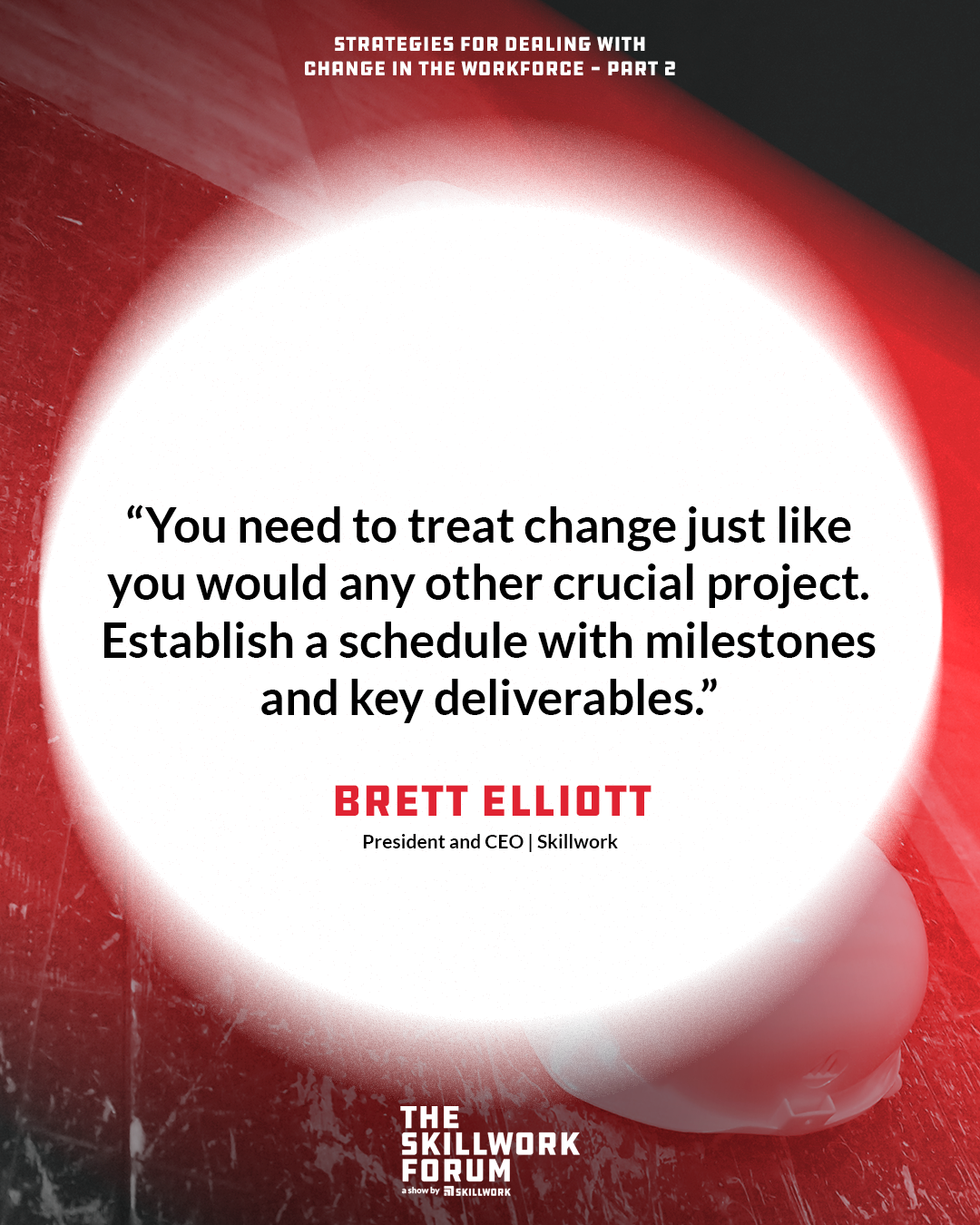
2. Implementation
At this point, you spent a lot of time talking about the change and explaining why it’s happening. Now, it’s time to implement. This is where it all starts to fall apart a little bit, maybe.
But you need to treat change just like you would any other crucial project. Establish a schedule with milestones and key deliverables, so people know what to expect. Employees shouldn’t show up on Monday and find that all of this change has happened. There should be a process for its implementation that aligns with the company’s overall vision and mission.
How to lead change in an organization starts with clear communication all the way through. Don’t stop communicating after the first announcement. Reiterate the why behind the change, keeping employees updated as you implement and manage organizational change.
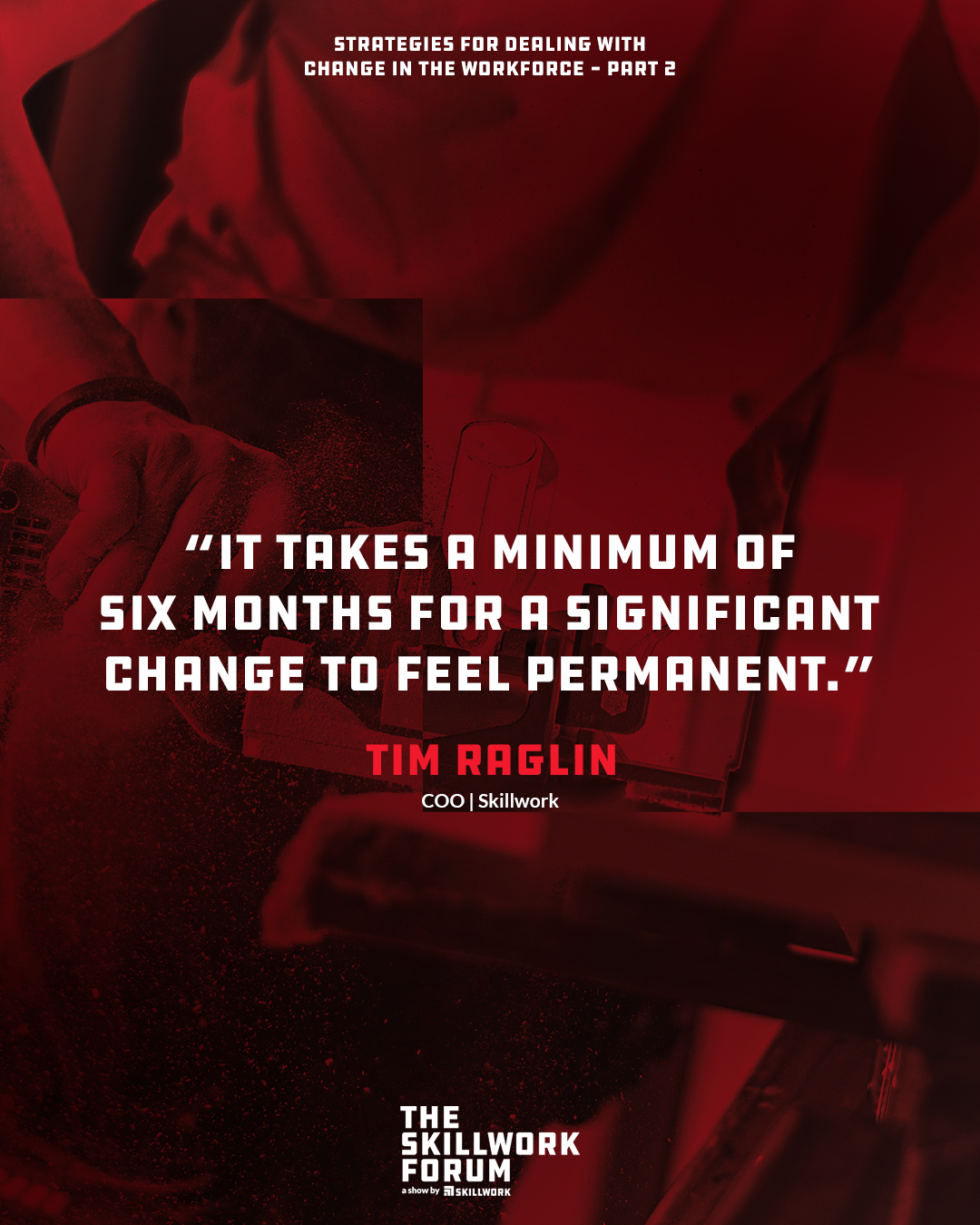
3. Follow Through
By follow through, we mean ensure that whatever you've implemented sticks. Validate the change by making sure leaders in your company continue to stick with it and become change champions – those who support and help implement change. Change champions don’t always have the title “leader,” but they are influencers. If you get them on board, they will help other employees embrace change as well.
It takes a minimum of six months for a significant change to begin feeling permanent. Big organizational change is going to take time. Leaders, it's crucial that you commit to it, continue to talk about it, and keep the energy behind it. Otherwise, people will just fall back into the old way of doing things very naturally.
You have to recognize that it's natural for people to resist change, so expect resistance but don't make it personal.
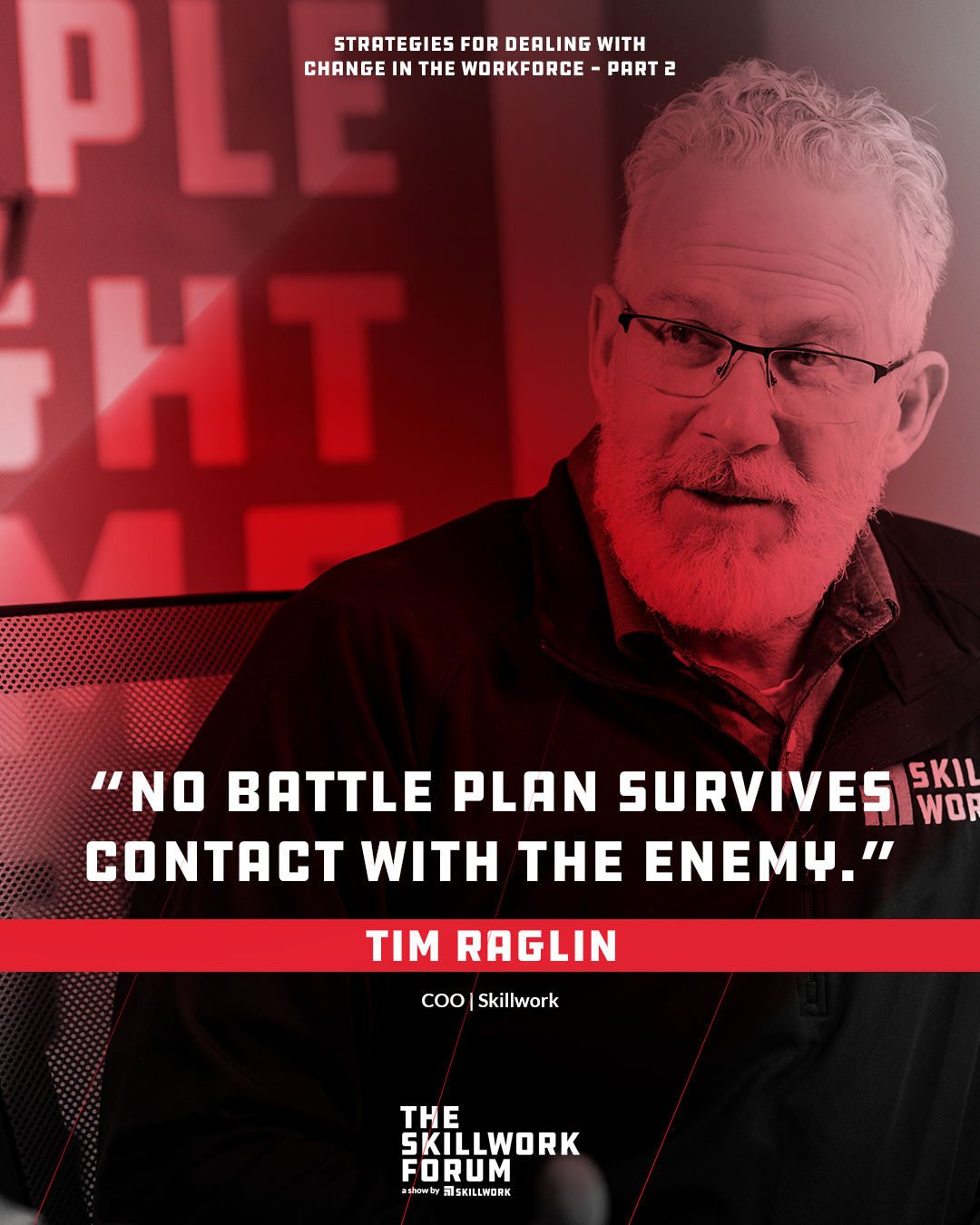
How to Manage Change As a Leader
If you want to know how to manage change in an organization, here are five change management tips for leaders.
- Over-communicate. It's unkind to be unclear. This is where you need to provide a lot of clarity and honest communication about the plan for change.
- Adopt a positive outlook. Don’t be a roadblock or spread pessimism. Your positive attitude as a leader helps others buy in to the change.
- Provide necessary skills and training. For your workforce to adjust to newness – a new process, tools, equipment, etc. – they need proper, and likely ongoing, training.
- Champion change. Leaders don’t have to be the ones who identify the need for change but generate the momentum to begin and maintain it as change champions.
- Identify barriers to change. Start asking yourself questions to identify the barriers preventing change. Whatever it is, your job is to identify, remove, and mitigate those barriers.
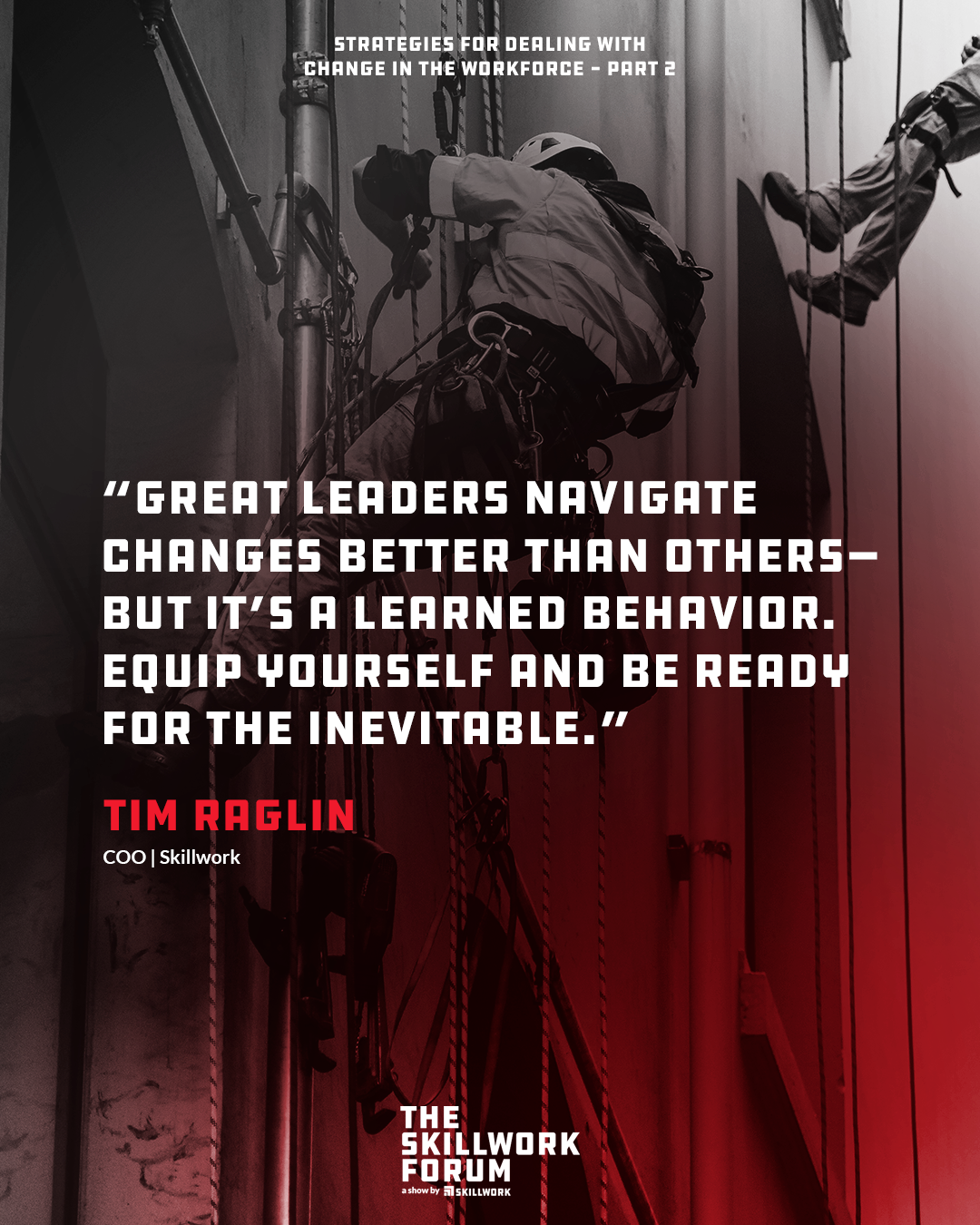
The way you handle change as a leader will have a huge impact on your culture. So, equip yourself with these strategies for dealing with change in the workplace and get ready for change because it's coming, and it's coming fast. We hope part two of this conversation talking about how to successfully implement change in the workplace has been helpful.
Stay tuned for our next episode of The Skillwork Forum!
